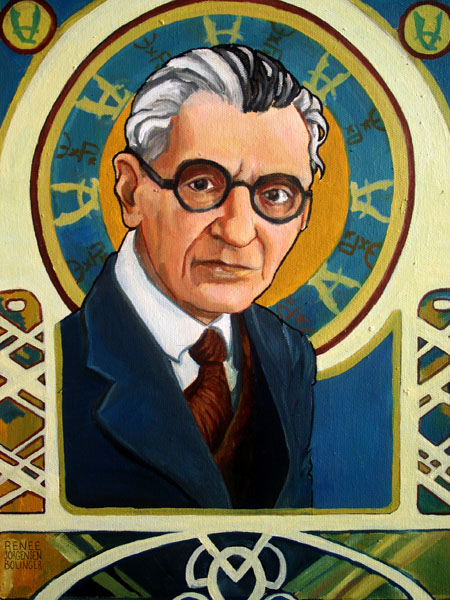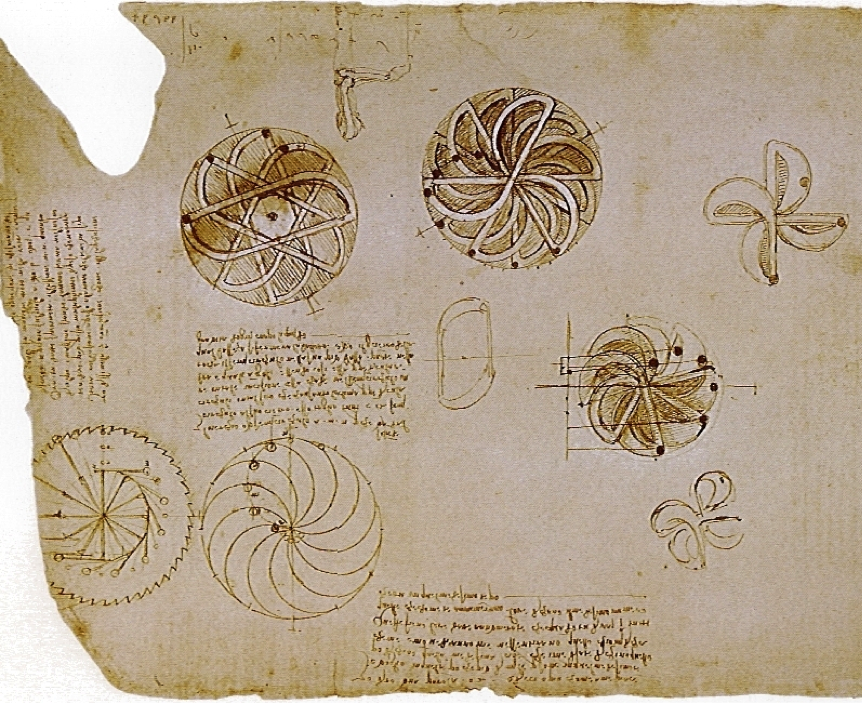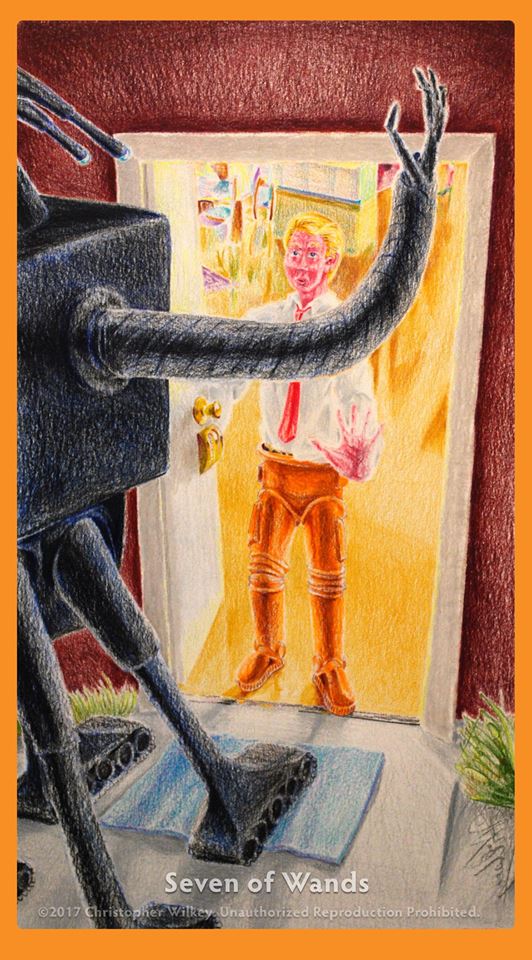We humans think we invented everything.
The wheel…
The printing press…
Dancing…
Well, we’re right about the first two.
Turns out the impulse to shake a tail feather isn’t an arbitrary cultural construct of humanity but rather a hard-wired neurological impulse in beings classified as vocal learners—us, elephants, dolphins, songbirds, and parrots like the Internet-famous sulphur-crested cockatoo, Snowball, above.
Animals outside of this elite set can be trained to execute certain physical moves, or they may just look like they’re dancing when tracking the movements of their food bowl or shimmying with relief at being picked up from doggy daycare.
Snowball, however, is truly dancing, thanks to his species’ capacity for hearing, then imitating sounds. Like every great spontaneous dancer, he’s got the music in him.
Aniruddh Patel, a Professor of Psychology at Tufts who specializes in music cognition, was the first to consider that Snowball’s habit of rocking out to the Backstreet Boys CD he’d had in his possession when dropped off at a parrot rescue center in Dyer, Indiana, was something more than a party trick.
Dr. Patel notes that parrots have more in common with dinosaurs than human beings, and that our monkey cousins don’t dance (much to this writer’s disappointment).
(Also, for the record? That goat who sings like Usher? It may sound like Usher, but you’ll find no scientific support for the notion that its vocalizations constitute singing.)
Snowball, on the other hand, has made a major impression upon the Academy.
In papers published in Current Biology and Annals of the New York Academy of Sciences, Patel and his co-authors John R. Iversen, Micah R. Bregman, and Irena Schulz delved into why Snowball can dance like … well, maybe not Fred Astaire, but certainly your average moshing human.
After extensive observation, they concluded that an individual must possess five specific mental skills and predilections in order to move impulsively to music:
- They must be complex vocal learners, with the accompanying ability to connect sound and movement.
- They must be able to imitate movements.
- They must be able to learn complex sequences of actions.
- They must be attentive to the movements of others.
- They must form long-term social bonds.
Cockatoos can do all of this. Humans, too.
Patel’s former student R. Joanne Jao Keehn recently reviewed footage she shot in 2009 of Snowball getting down to Queen’s “Another One Bites the Dust” and Cyndi Lauper’s “Girls Just Want to Have Fun,” identifying 14 distinct moves.
According to her research, his favorites are Vogue, Head-Foot Sync, and Headbang with Lifted Foot.
If you’ve been hugging the wall since middle school, maybe it’s time to take a deep breath, followed by an avian dancing lesson.
How did Snowball come by his astonishing rug-cutting confidence? Certainly not by watching instructional videos on YouTube. His human companion Schulz dances with him occasionally, but doesn’t attempt to teach him her moves, which she describes as “limited.”
Much like two human partners, they’re not always doing the same thing at the same time.
And the choreography is purely Snowball’s.
As Patel told The Harvard Gazette:
It’s actually a complex cognitive act that involves choosing among different types of possible movement options. It’s exactly how we think of human dancing.
If he is actually coming up with some of this stuff by himself, it’s an incredible example of animal creativity because he’s not doing this to get food; he’s not doing this to get a mating opportunity, both of which are often motivations in examples of creative behavior in other species.
You can read more science-based articles inspired by Snowball and watch some of his many public appearances on the not-for-profit, donation-based sanctuary Bird Lovers Only’s website.
Related Content:
Why We Dance: An Animated Video Explains the Science Behind Why We Bust a Move
Ayun Halliday is an author, illustrator, theater maker and Chief Primatologist of the East Village Inkyzine. Join her in NYC on Monday, September 9 for another season of her book-based variety show, Necromancers of the Public Domain. Follow her @AyunHalliday.



















